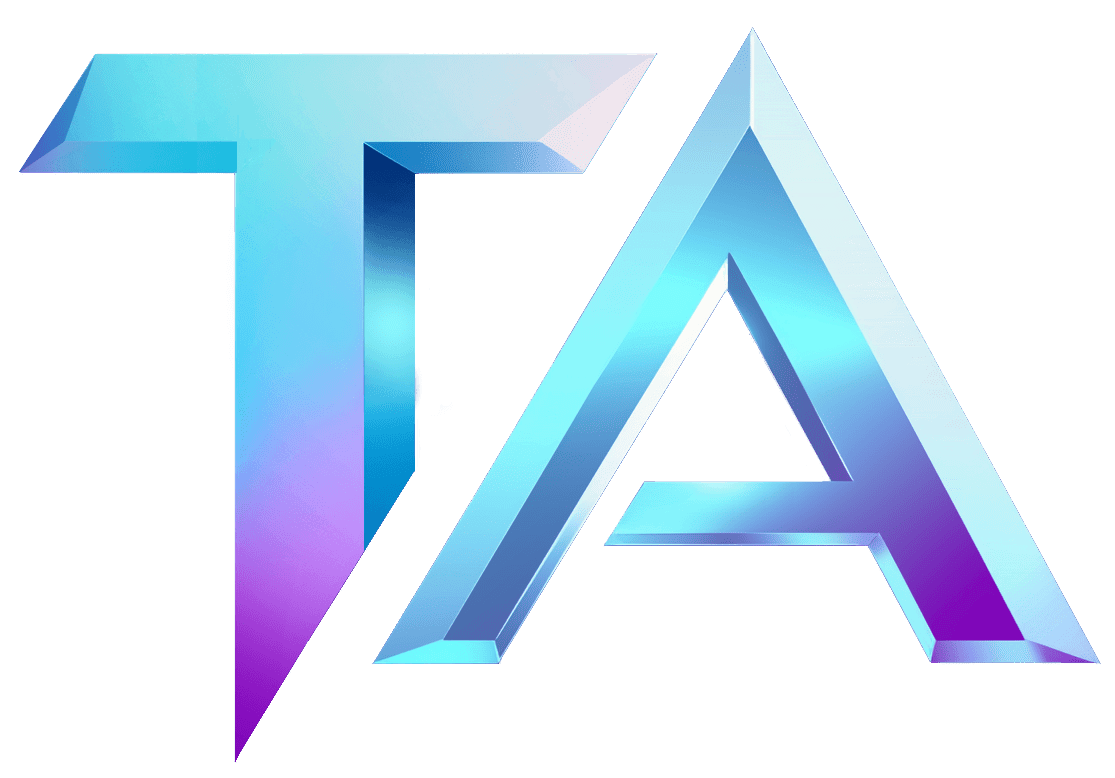Endogenous Growth Theory in Star Atlas: A Titan Analysis

Endogenous Growth Theory in Star Atlas: A Titan Analysis
At Titan Analytics, we believe in harnessing economic principles to gain deeper insights into the ever-evolving universe of Star Atlas. One such principle, Endogenous Growth Theory, provides a fascinating framework for understanding the dynamics of growth and value creation within this vibrant game ecosystem. Let’s delve into what this theory means and how it applies to Star Atlas.
Understanding Endogenous Growth Theory
Endogenous Growth Theory primarily suggests that economic growth is driven by internal factors rather than external influences. In traditional models, growth is often seen as the result of external inputs like labor and capital. However, in endogenous growth models, elements like innovation, knowledge, and human capital play a crucial role in driving growth internally.
In simpler terms, the theory highlights the importance of the investments that players make, not just in terms of resources and time, but also in knowledge, partnerships, and technological advancements.
Applying Endogenous Growth Theory to Star Atlas
-
Player Investment and Interaction: In Star Atlas, players invest their time and resources in exploring and expanding their territories. Just as in economic models where knowledge and skills lead to growth, players who cultivate efficient strategies—through research, alliances, and resource management—can enhance their in-game performance. The more players engage with the mechanics and lore of the game, the more adept they become, leading to greater rewards and economic contributions to the game’s ecosystem.
-
Innovation and Infrastructure: Star Atlas is built upon a complex layer of blockchain technology and smart contracts, facilitating innovations in gameplay and economics. Players and developers continuously innovate by creating new ships, technologies, and economies. This ongoing innovation cycle echoes the endogenous growth model, where the internal mechanisms and creative energy drive economic scalability within the game.
-
Knowledge Spillovers: Just like businesses benefit from sharing knowledge, Star Atlas players often exchange strategies and tips on forums and social media. These knowledge spillovers enhance player capabilities and facilitate a collective growth environment, propelling the game and its economy forward. As players collaborate and learn from each other, they contribute to a richer gaming experience that encourages exploration and economic activity.
- Returns on Human Capital: The players’ diverse backgrounds and skill sets contribute significantly to Star Atlas’s environment. Those with technical skills, strategic thinkers, and creative individuals enhance the game by pushing boundaries and maximizing their in-game advantages. By honing their skills, players not only improve their prospects in Star Atlas but also contribute to the overall growth and sustainability of the game world.
Conclusion
Through the lens of Endogenous Growth Theory, we can see how Star Atlas is not simply a game, but an evolving economic ecosystem sustained by player interactions, innovations, and knowledge exchanges. By investing in their skills and collaborating with others, players create a self-reinforcing cycle of growth that elevates their experience and the game’s overall health.
We invite you to explore more about the intricate dynamics of Star Atlas through our data modules at Titan Analytics Star Atlas Data Modules or reach out to us at Titan Analytics Contact for deeper insights and discussions. Together, let’s navigate this captivating universe!




